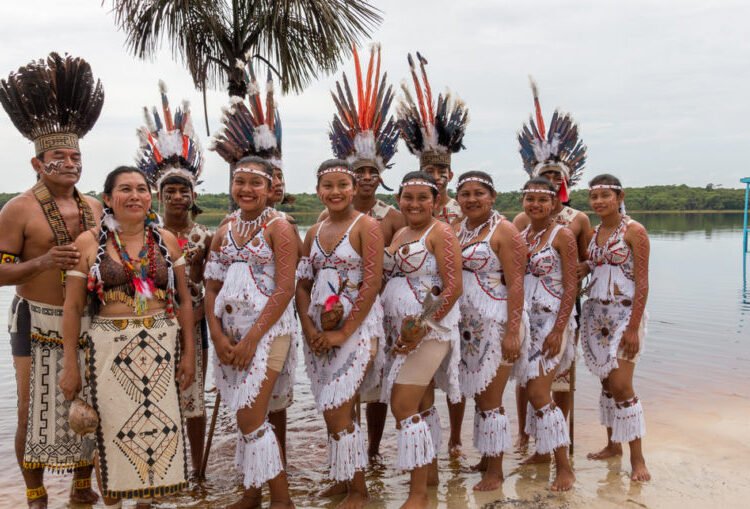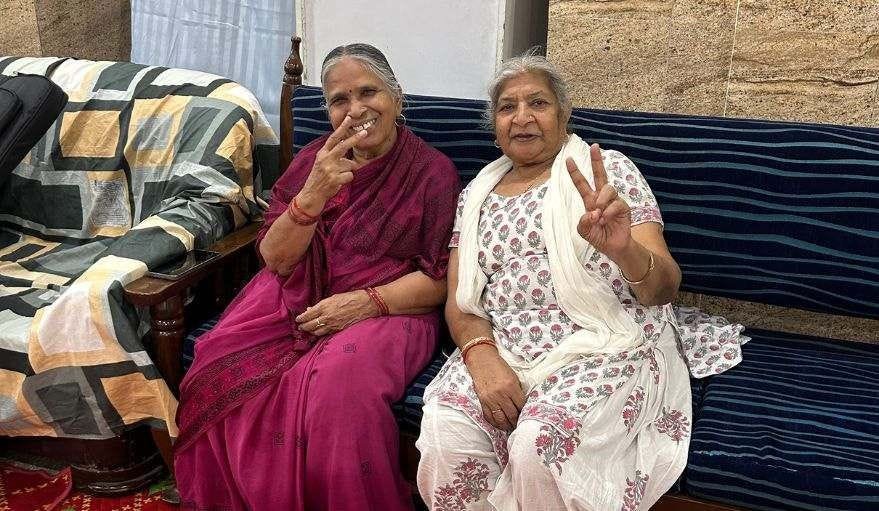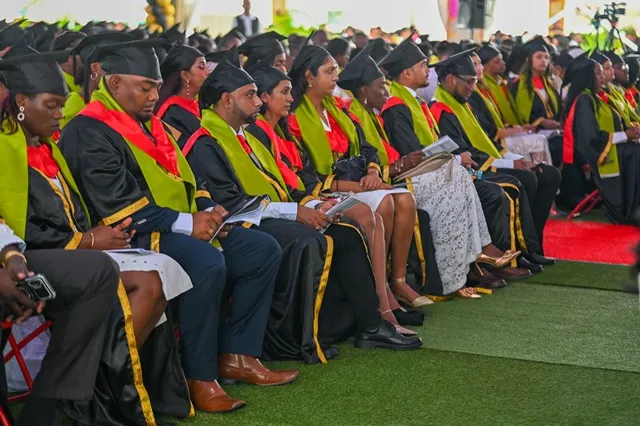In the remote village of Rewa in Guyana’s Rupununi region, elders and youth have come together with a novel approach to protect their heritage: community-led tourism. Rewa, an indigenous Makushi community, has seen the revival of its once-endangered arapaima fish population thanks to a locally managed eco-lodge that welcomes visitors to catch-and-release fishing trips. By leveraging traditional knowledge and sustainable practices, Rewa’s residents turned the arapaima – South America’s largest river fish – from near extinction into a centerpiece of a thriving ecotourism initiative. “Tourism preserves our environment, culture, and livelihood,” says one Rewa villager, noting that income from visitors provides an incentive to safeguard lakes and forests that their ancestors long protected by custom.
This story is echoed across Guyana’s interior, where indigenous communities are increasingly using tourism as a tool for cultural preservation and economic empowerment. From Surama to Warapoka, village-run ecolodges and tour programs allow travelers to experience indigenous lifestyles – whether it’s learning to weave cassava strainer baskets with Arawak craftswomen or trekking to sacred waterfalls with Patamuna guides. Crucially, these ventures are owned and operated by the communities themselves. The profits fund improvements in health, education, and infrastructure locally, while decisions on managing natural attractions remain in indigenous hands. Guyana’s Minister of Tourism, Oneidge Walrond, highlighted this model at a regional sustainable tourism conference, calling community-led tourism one of Guyana’s “unique value propositions”. “By empowering our Indigenous people to take the reins of their own tourism ventures, we ensure their economic prosperity and the preservation of their culture,” Walrond said. Under a national framework, at least 20 indigenous communities have received training and seed funding to develop tourism products ranging from rainforest expeditions to traditional village homestays.
The impact is tangible. In Surama (Region 9), for instance, the eco-lodge has for two decades generated jobs that keep youth in the village, reversing an earlier trend of migration. Surama now has its own wildlife club educating schoolchildren, funded by tourist dollars. Over in Warapoka (Region 1), one of Guyana’s smallest indigenous groups, the Warrau, recently opened a guest house and declared a portion of their rainforest off-limits to logging – instead offering guided hikes and birdwatching. Their plea to travelers: come visit us, and in doing so help protect our way of life. It’s a symbiosis where visitors gain unique cultural immersion and stunning natural encounters, while communities gain income and a platform to assert their rights.
There are challenges, of course. Many communities are remote and costly to reach; marketing their tourism offerings to the world is an uphill battle. Some lack electricity or internet, which complicates booking logistics. The government and NGOs have stepped in by promoting Indigenous tourism in international media and helping set standards. During the pandemic lull, training programs taught hospitality skills and business basics to villagers. Now, with tourist numbers rebounding, those investments are paying off. Guyana’s inclusion on various “eco-tourism destination” lists has shined a spotlight on these community ventures. In 2019, a partnership with the Disney Conservation Fund helped Rewa and its neighbors document how their traditional practices (like an enforced taboo on overfishing arapaima) create sustainable tourism stories that win global awards.
Critically, this grassroots tourism movement has also strengthened indigenous voices in national development conversations. Village leaders, now business managers of a sort, have engaged more with government agencies to secure land rights and infrastructural support (like airstrips and road upgrades) to facilitate tourism. They have a vested interest in preserving the pristine ecosystems that attract visitors, which aligns with Guyana’s Low Carbon Development Strategy goals. The result: local leaders are demanding a seat at the table for decisions about mining concessions or forestry in their regions, armed with the argument that a standing forest can be worth more in tourism than one cut down.
In a country where indigenous people make up roughly 10% of the population and have historically been marginalized, the rise of community tourism provides a template for empowerment. It allows them to define how development touches their communities, ensuring it’s on their terms. As a Makushi youth leader from Annai put it, “We are showing that we can modernize in our own way – by sharing our culture, not losing it.” These rising voices – of indigenous tour guides, craft makers, and conservationists – are crafting a narrative of hope. They demonstrate that economic progress and cultural preservation can walk hand in hand. In Guyana’s journey to embrace modernization, the wisdom of its first peoples is finding new channels to thrive, benefiting not just themselves but the nation as a whole and visitors from around the world who venture to their villages.
Region: Upper Takutu-Upper Essequibo (Region 9)
Sources: guyanachronicle.comconservationmag.org
- Hatchets, Show Stoppers, Warriors, Gladiators & Pitbulls Reach U-14 Hockey Semis
- Toshao Elections Underscore Growing Indigenous Political Engagement
- Preserving Heritage Amid Boom: How Guyana’s Regions Reclaim Culture through Tourism
- Diversity Is Our Greatest Strength’: President Ali’s Arrival Day Call for Unity




